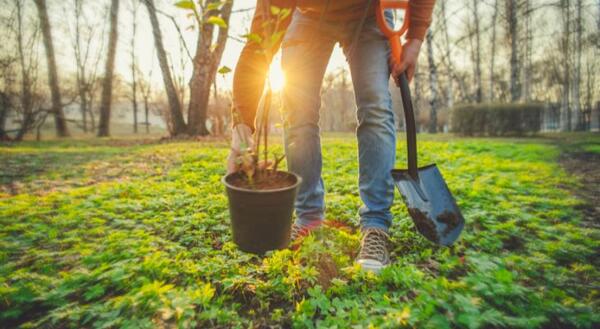
Happy Arbor Day! Every year people around the globe celebrate Arbor Day by planting trees in their communities. To celebrate Arbor Day the ag way, we’re going to discuss how farmers can incorporate trees into their operations (aka agroforestry).
Agroforestry is the integration of trees and shrubs into crop and animal agricultural systems. Tying into our theme of stewardship this month, agroforestry can be an important tool for improving soil health and protecting water quality.
What are some of the other benefits of integrating trees into farmland?
- Creates windbreaks to protect crops and livestock.
- Provides habitat for pollinators.
- Sequesters carbon.
- Slows runoff.
- Reduces soil erosion.
Now that we know some of the benefits of agroforestry, what does this look like on a farm? Agroforestry can be:
- Alley cropping: Planting crops between rows of trees.
- Forest farming: Growing food under a forest canopy.
- Silvopasture: Combining trees, forage, and livestock on one piece of land.
- Buffers: Establishing a forested or grassy area along a river, ditch, or any other area along the edge of a field to prevent erosion.
- Windbreaks: Establishing a forested area to shelter crops, animals, or buildings from wind or blowing snow.
As you can see, buffer strips and windbreaks (which many farmers already have) are considered a type of agroforestry! If you don’t already use any of these agroforestry practices, consider where on your farm they might be needed.
To learn more about agroforestry check out this video by Illinois Extension!
SOURCES: USDA. Agroforestry Frequently Asked Questions. Retrieved from https://www.usda.gov/topics/forestry/agroforestry/agroforestry-frequently-asked-questions